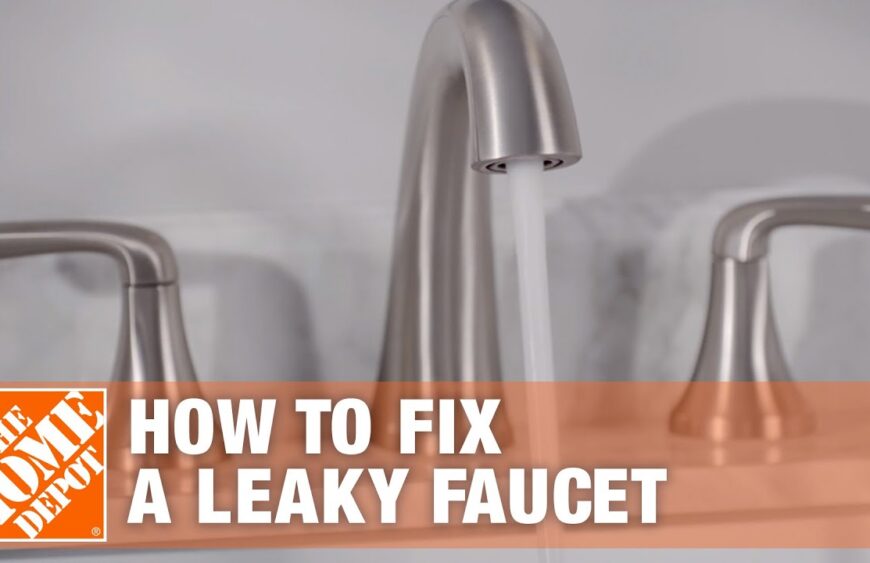Leaky faucet is a common plumbing problem that can cause a lot of frustration and expense. It can be caused by a variety of factors, including age, wear and tear, or a poor installation. The good news is that there are some simple steps you can take to repair a leaking faucet and prevent future problems.
Identifying the Problem
The first step in repairing a leaky faucet is to identify the cause of the leak. The most common cause is a worn-out or damaged washer, which can be replaced fairly easily. Other possible causes include a faulty valve seat, worn-out O-ring, or a broken valve stem. In some cases, the problem may be more serious and require the help of a professional plumber.
Gathering the Tools and Materials
Once the cause of the leak has been identified, it’s time to gather the tools and materials needed for the repair. You’ll need a wrench, pliers, a screwdriver, and replacement parts such as washers, O-rings, and valve stems. It’s also a good idea to have some Teflon tape and plumber’s putty on hand.
Removing the Faucet Handle
The next step is to remove the faucet handle. This can be done by using a wrench to unscrew the handle from the faucet. If the handle is stuck, you may need to use pliers to loosen it. Once the handle is removed, you should be able to see the valve stem, washer, and O-ring.
Replacing the Washer and O-ring
Once the valve stem and washer are exposed, you can replace them with new ones. Start by unscrewing the valve stem and removing the old washer. Replace the washer with a new one of the same size, and then reattach the valve stem. Finally, replace the O-ring with a new one. If the O-ring is stuck, you may need to use pliers to remove it.
Reattaching the Handle and Testing the Faucet
Once the new washer and O-ring are in place, you can reattach the handle to the faucet. Make sure to use Teflon tape to ensure a tight seal. Finally, turn on the water and test the faucet to make sure it is no longer leaking.
Preventing Future Leaks
To prevent future leaks, it’s important to keep an eye on your faucets and check for any signs of wear and tear. If you notice any problems, it’s best to get them fixed as soon as possible. You should also make sure to clean your faucets regularly and use plumber’s putty to ensure a tight seal.









